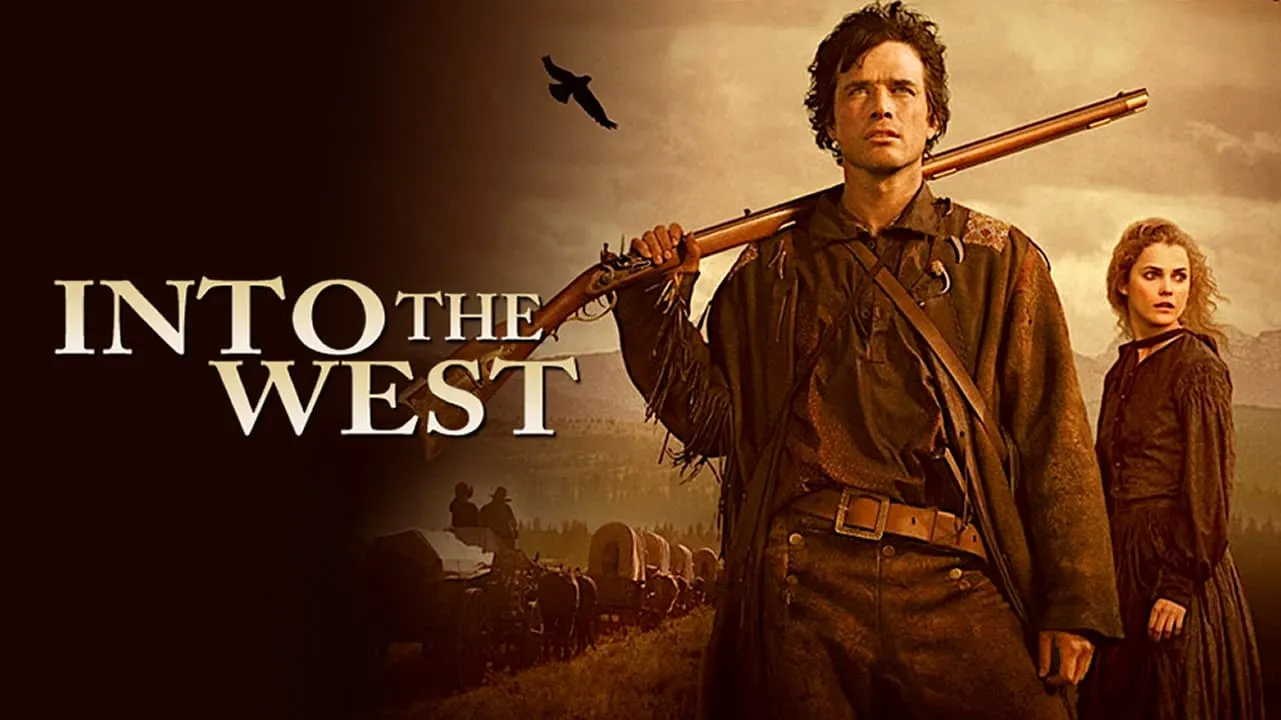is a Swedish comedy-drama film released in 2015, directed by Hannes Holm and based on the bestselling novel by Fredrik Backman. It tells the touching, often humorous story of a grumpy, solitary man whose rigid view of the world is challenged by unexpected friendships and a deepening sense of connection. With a mix of dry Scandinavian humor and heartfelt emotion, the film explores themes of grief, community, and second chances.
The story centers around Ove Lindahl, a 59-year-old widower who lives in a quiet suburban neighborhood. Ove is a strict enforcer of neighborhood rules, perpetually annoyed with what he sees as the laziness and incompetence of those around him. Beneath his gruff exterior, however, lies a deep well of sadness. Having recently lost his beloved wife Sonja, Ove feels that life has no further meaning and makes several comically failed attempts to end his own life.
Just as Ove is sinking deeper into despair, a new family moves in next door. Parvaneh, a spirited and kind-hearted Iranian woman, along with her Swedish husband and two young daughters, accidentally knocks over Ove’s mailbox while backing their trailer into the driveway. This seemingly minor mishap sparks an unlikely relationship between Ove and his new neighbors. Despite his protests, Parvaneh gradually chips away at Ove’s coldness with persistence, warmth, and good food.
As the story unfolds, the film delves into Ove’s past through a series of poignant flashbacks. We see the formative moments of his life: his difficult childhood, the loss of his parents, his unwavering sense of morality, and the profound love he shared with Sonja. These glimpses into Ove’s history reveal a man shaped by hardship but also immense loyalty and quiet kindness. His love story with Sonja becomes the emotional backbone of the film, showing how her optimism and vibrancy brought color to his otherwise rigid world.
Rolf Lassgård gives a remarkable performance as Ove, perfectly capturing the character’s dry wit, quiet sorrow, and eventual transformation. His portrayal is subtle and human, making Ove both frustrating and deeply sympathetic. Bahar Pars, as Parvaneh, offers a wonderful counterbalance—warm, determined, and unafraid to challenge Ove’s grumpiness with compassion.

Visually, the film uses a muted color palette that reflects Ove’s internal gloom, slowly brightening as his world begins to open up. The direction is gentle and unpretentious, allowing the characters to shine without unnecessary melodrama. The blend of humor and heartbreak is handled with sensitivity, making the film accessible and emotionally resonant.
A Man Called Ove was a major success in Sweden and received international acclaim. It was nominated for two Academy Awards: Best Foreign Language Film and Best Makeup and Hairstyling. Its universal themes and emotionally rich storytelling struck a chord with audiences around the world.
In conclusion, A Man Called Ove is a quietly powerful film about loneliness, loss, and the healing power of human connection. It reminds us that it’s never too late to change, and even the most closed-off hearts can be reopened with a little kindness, patience, and unexpected friendship.




